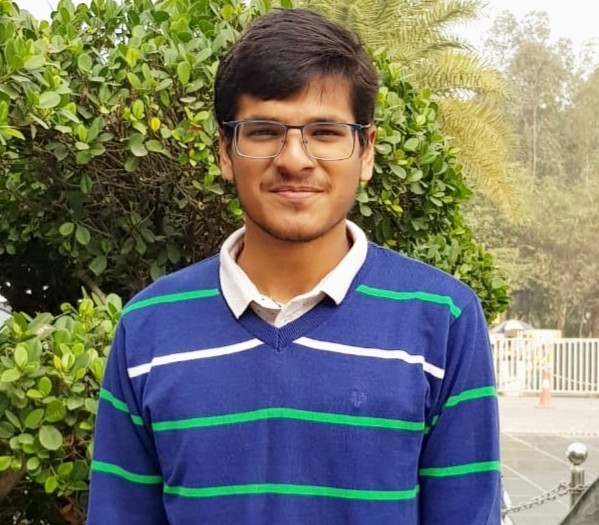

A proper focus and a determined approach are pivotal pillars of success.īig Ears convey that one should be a good listener. Also, he represents microscopic vision meaning ability to observe minutely. Small eyes of Lord Ganesha indicate that one should be focused in completing tasks at hand. So a leader needs to be broadminded and not judgmental in order to achieve big in life. #Big_Elephant_Head (broad thinking and wisdom)īig Head of Lord Ganesha represents big thinking and enlightened mind filled with wisdom and Knowledge. The leadership traits we can learn from Lord Ganesha He demonstrates important traits that each aspiring leader should inculcate in order to succeed.
#Stuti bansal qarc professional
Lord Ganesha symbolizes qualities of victors that are vital to excel in professional and family life. Looking at Lord Ganesha's life, there is a lot that we can learn. Before beginning with an auspicious task, worshipping the elephant God is a ritual. Lord Ganesha is considered to be the harbinger of new beginnings and destroyer of difficulties.

10.1176/ps.Ganesh Chaturthi celebrations at Bhattacharyyas & Associates, Advocates & Consultants Mortality and medical comorbidity among psychiatric patients: a review. The burden of mental, neurological, and substance use disorders in China and India: a systematic analysis of community representative epidemiological studies. Prevalence and socioeconomic impact of depressive disorders in India: multisite population-based cross-sectional study. Global burden of disease attributable to mental and substance use disorders: findings from the global burden of disease study 2010. Whiteford HA, Degenhardt L, Rehm J, et al. Findings from the global burden of disease study 2017. Institute for Health Metrics and Evaluation (IHME). International health services cardiology diabetes & endocrinology mental health primary care. Future collaborative care interventions would likely benefit from involving ASHA workers in community outreach efforts. ASHA workers' beliefs and knowledge regarding mental illness can be changed, and ASHAs can become effective advocates for patients. ASHA workers help maintain relationships with patients that encourage participation, and the efforts of ASHAs often aid in mitigating common barriers to treatment. This paper discusses the perspectives of ASHAs who participated in a novel effort to extend the collaborative care model to their own communities. Overall, ASHAs viewed the HOPE study as a necessary and effective intervention, and requested that it expand. Several expressed interest in receiving additional mental health training.

ASHAs claimed that their knowledge about mental illness improved because of the HOPE study, though gaps remained in their understanding of aetiology and treatment. ASHA workers were able to identify key barriers to treatment and facilitators to treatment.

#Stuti bansal qarc trial
ASHAs were included if they had previously participated in the HOPE intervention, a collaborative-care randomised controlled trial that aimed to integrate mental healthcare into existing primary care systems in rural Karnataka.ĪSHA workers mostly had positive interactions with patients, including encouraging them to attend sessions, helping to explain the topics and techniques, and checking on the patients frequently. ASHAs are high school-educated village women trained as community health workers. All PHCs had previously completed the HOPE study.ġ5 ASHA workers, selected via purposive sampling. Seven primary health centres (PHCs) in rural Karnataka, India. Semi-structured, one-on-one, qualitative interviews. The main objective of this exploratory study was to investigate the overlooked perspectives and beliefs of Accredited Social Health Activists (ASHA workers) regarding a collaborative care mental health intervention (HOPE: Healthier Options through Empowerment), mental illness and the health of their rural communities.


 0 kommentar(er)
0 kommentar(er)
